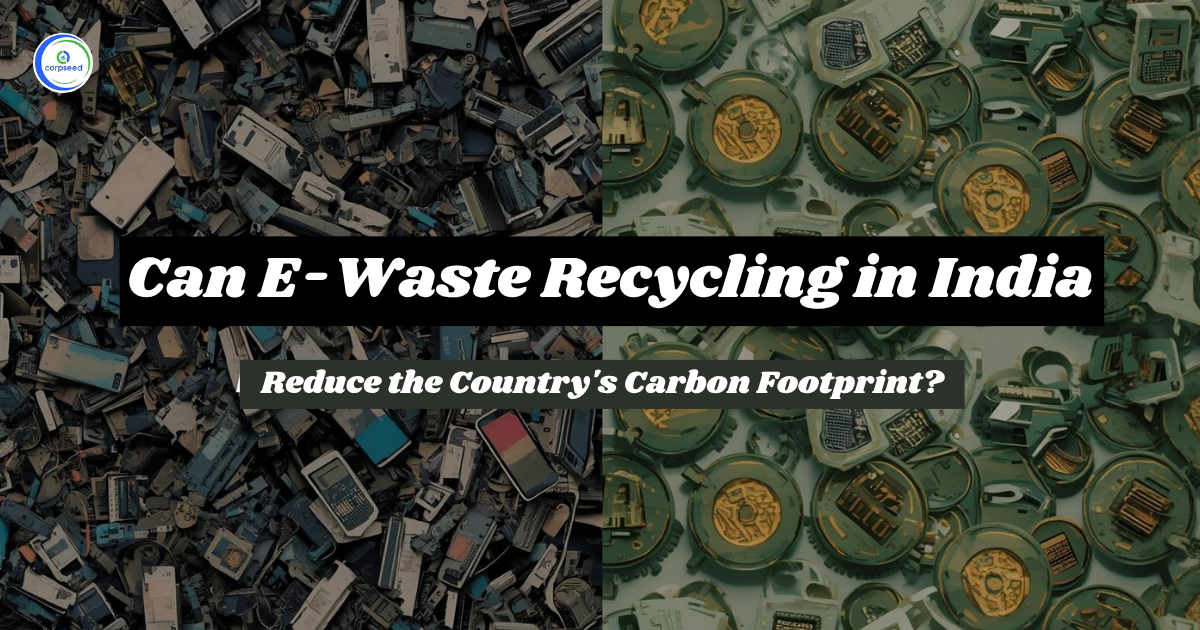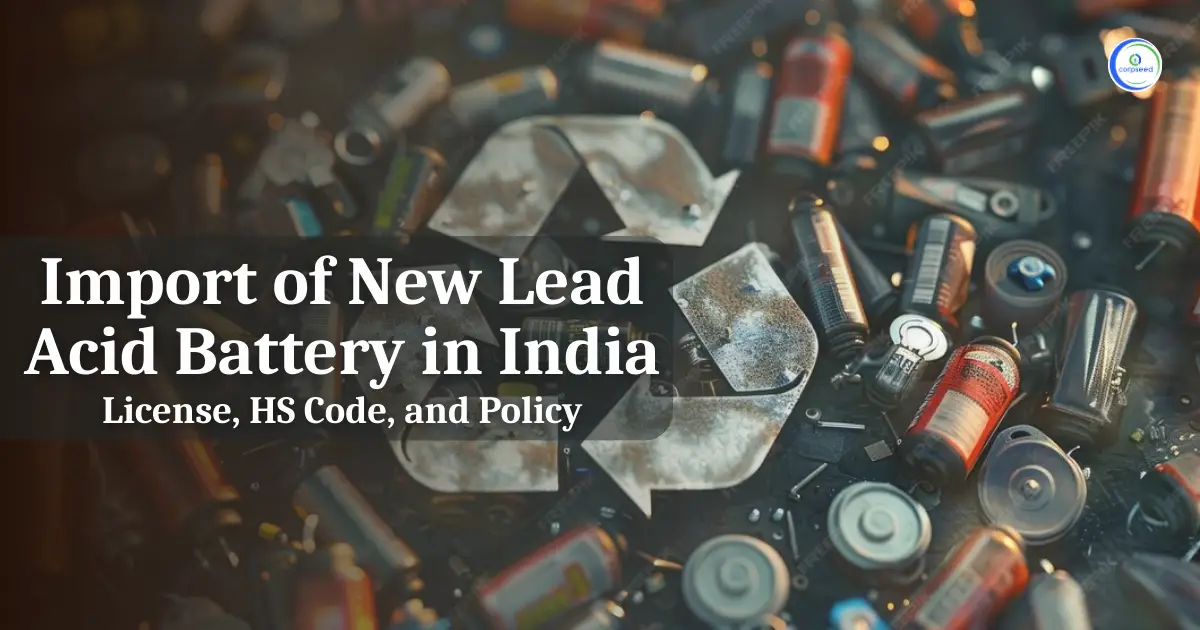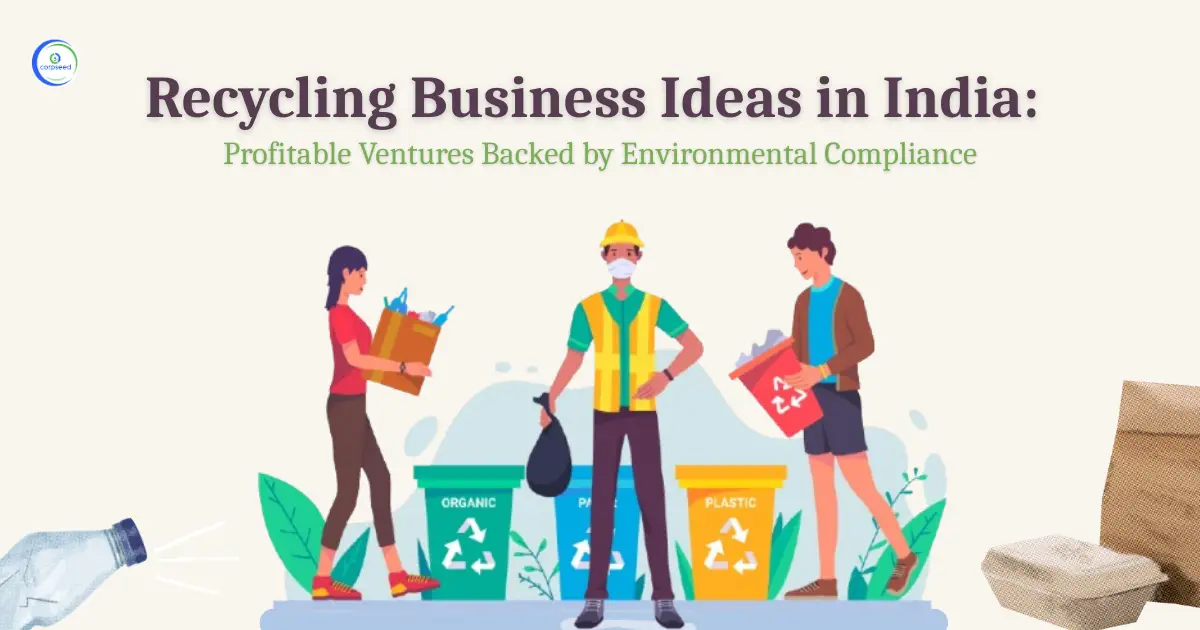PET is one of the most frequently used plastics in bottles, containers, and packaging. Recycling PET saves the environment and creates a profitable business venture at the same time.
What is an Effective PET Recycling Plant Setup?
A good PET recycling plant setup takes waste and transforms it into reusable products with high purity, and eliminates contamination of the recyclates. Advanced sorting, cleaning, shredding, and melting technologies are used. It has to follow a strict quality control measure in its entire operation and meet environmental regulations. It sets up an effective collection for PET wastes. Finally, high-quality recycled PET is produced, answering market demands.
Table of Contents
--------------Blog Contact Form-------------
Steps to Setup PET Recycling Plant
Step 1: Conduct Market Research
Let's first indulge in very deep market research. Know the quantity of recycled PET products that would be required in your location. Find potential customers, competitors as well as gaps in the market. This will help in streamlining the business plan and strategies according to their requirements.
- Know Demand: Know whether there is a requirement for recycled PET products or not.
- Study of Competitors: Study what competitors like recycling plants are doing and how they operate.
- Market Gaps: Gaps in the markets where your plant can offer unique services/products.
Step 2: Draw up a Business Plan with Every Detail
Draw up a full business plan. The business plan outlines all your objectives, your target market, financial estimates, and operating strategies. It serves as a guide for you but will also act as a sales tool in attracting investors and securing financing for you.
- Executive Summary: Provide an overview of your business.
- Market Analysis: Gather findings of the market research that was done.
- Financial Projections: Estimate costs, revenues, and profits
- Operational Plan: Outline procedures and equipment required
Step 3: Raise Finance
Assemble funds for initial investment in the setting up of the plant. This will involve land, equipment, permits, and working capital. This also involves assessing what funding options are available through loans, grants, and investors.
- Calculate Costs: You have estimated your total investment needed.
- Funding Options: Loans, grants, investors.
- Present a Pitch: Prepare an attractive pitch to lure in investors.
Step 4: Choose a Suitable Location
Select a location for your plant. Other considerations are proximity to raw materials, accessibility to transportation, local regulations, and utilities, among others. Determine whether the site has enough space for expansion in the future.
- Access to Raw Materials: Sources of PET waste should be closed.
- Access to Transport: Ensure you choose a location where access to transport networks is easy.
- Compliance with Regulations: Zoning and environmental regulations vary with location. Research on local regulations is imperative.
- Space for Expansion: The location should have enough space to accommodate expansion in the future.
Step 5: Obtain All Required Licenses and Permits
Make research and obtain all the necessary permits and licenses issued by the local authority. These would include environmental permits, business licenses, and approvals for waste management among others. This would be huge since effective performance cannot be realized in case these requirements are not provided.
- Environmental Permits: Ensuring that legal requirements are adhered to.
- Business Licenses: Essential for operating a business
- Waste Management Approvals: Permission to process waste
Step 6: Sourcing High-Quality Machinery
Invest in quality equipment for recycling, which includes sorting machines, washing lines, shredders, and granulators. The efficiency of the equipment should be able to handle the volume of PET waste you have planned for processing.
- Sorting Machines: Separate PET waste from other materials.
- ThePET: Washing Lines will clean the PET waste. This is important for the removal of contaminants.
- Shredders: Reduce PET waste to smaller pieces for easier handling.
- Granulators: Converts PET wastes to pellets or flakes.
Step 7: Set Up the Plant
Install and test all equipment to ensure it is working correctly. Train staff members on how to operate machinery while also establishing proper safety measures. Develop a workflow with maximum efficiency and minimal waste.
- Equipment Installation: Set up all machinery
- Staff Training: Train employees on equipment usage and safety
- Workflow Design: Develop efficient workflows for proper operation.
Step 8: Establish a Collective System
Ensure the establishment of a PET collection from households, businesses, and waste management facilities. Contact municipalities and collection agencies that will assist in making collection easier.
- Household Collection: Collect PET waste at homes through setting up collection programs.
- Business Partnerships: Source PET waste from the businesses.
- Municipal Agreements: Source agreement with the municipality to ensure proper waste collection.
Step 9: Recycle Processes
Provide solutions in terms of developing and implementing processes to sort, clean, and recycle PET waste. Here it involves shredding, washing and melting PET waste into pellets or flakes that can be used to form new products.
- Sorting and Cleaning: Throw away impurities and clean PET waste.
- Shredding: Shred PET waste into smaller particles
- Melting and Forming: Melt PET waste into pellets or flakes.
Step 10: Quality Control
Strict quality control measures must be adopted to ensure that the post-recycled PET products attain appropriate industry standards. The purity, strength, and other properties of these products should be checked frequently to maintain high quality.
- Purity Testing: Check for the absence of contaminants in the recycled PET.
- Strength Testing: Check the strength and durability of the post-recycled PET products.
- Regular Inspections: Suggest performing recurrent quality checks.
Step 11: Marketing and Sales
Develop a marketing campaign that promotes your recycled PET products. Highlight the environmental benefits and quality features to attract more customers for your products. Establish a relationship with your potential customers and find different sales channels.
Environmental Communication "Your Product is Environment Friendly." This is because your product has sustainability features.
- Establish Customer Relationships: Engage with your target customers.
- Sales Channels: Identify the avenues through which you can sell your products to any kind of customer.
Step 12: Keep an Eye on and Enhance
Monitor the working of your plant constantly and improvise whenever necessary. Update yourself with the latest trends in the industry and the new technologies involved to improve your operations and be at par with your competitors.
- Performance Monitoring: Plant operations should be reviewed regularly.
- Continuous Improvement: Improvisation as and when required.
- Stay Informed: Knowledgeable about industry trends and technology.
Read Our Blog: PET Bottles: Uses, Recycling, Business and Plant Setup
Conclusion
Success in setting up a PET recycling plant comes through careful planning, investment, and dedication. All these and the quality and efficiency of the plant will create profitability and environmentally friendly business. With proper strategies and commitment, your PET recycling plant can contribute to sustainability, but it shall become a financial success story in itself.
This portion of the site is for informational purposes only. The content is not legal advice. The statements and opinions are the expression of author, not corpseed, and have not been evaluated by corpseed for accuracy, completeness, or changes in the law.
BOOK A FREE CONSULTATION
Get help from an experienced legal adviser. Schedule your consultation at a time that works for you and it's absolutely FREE.








.webp)
